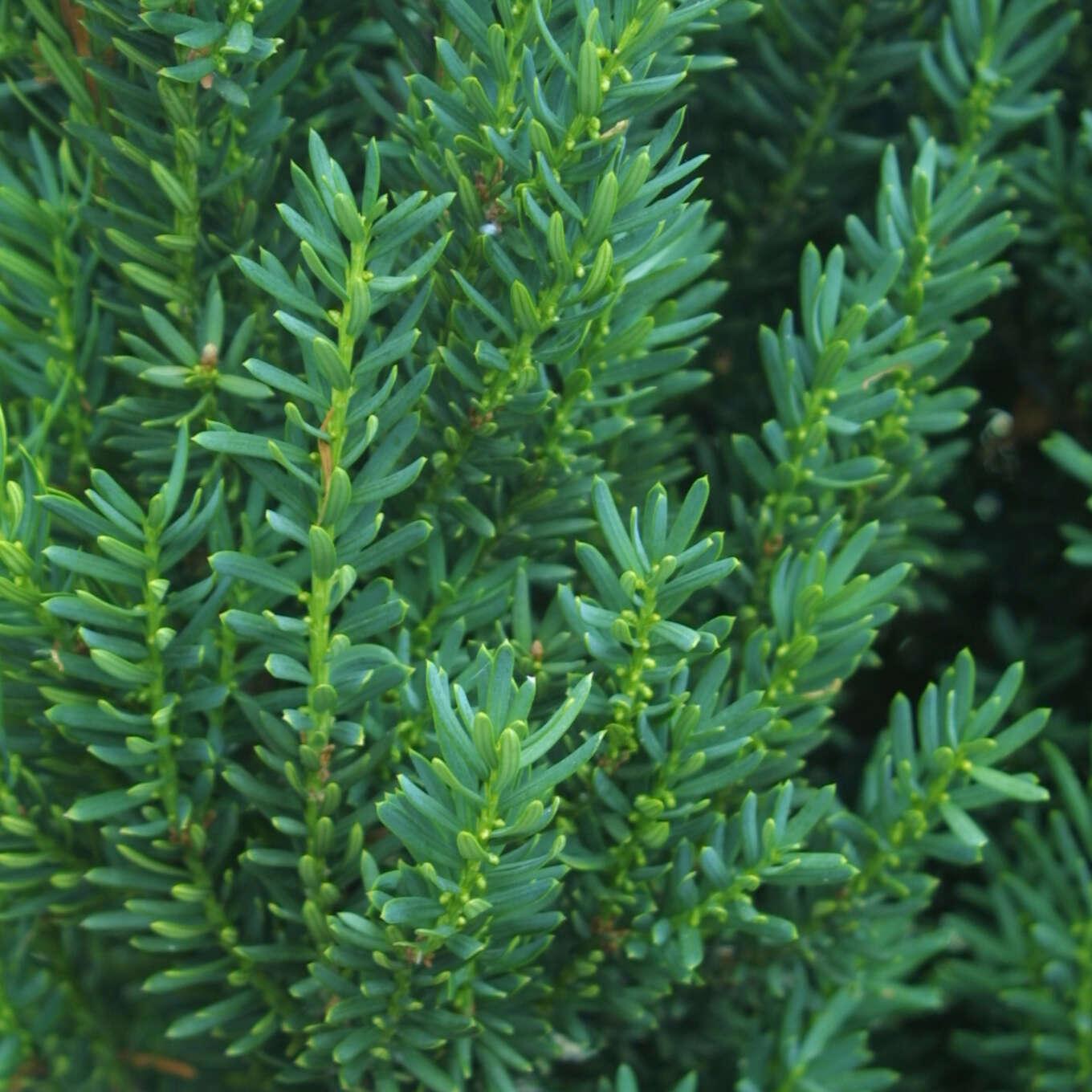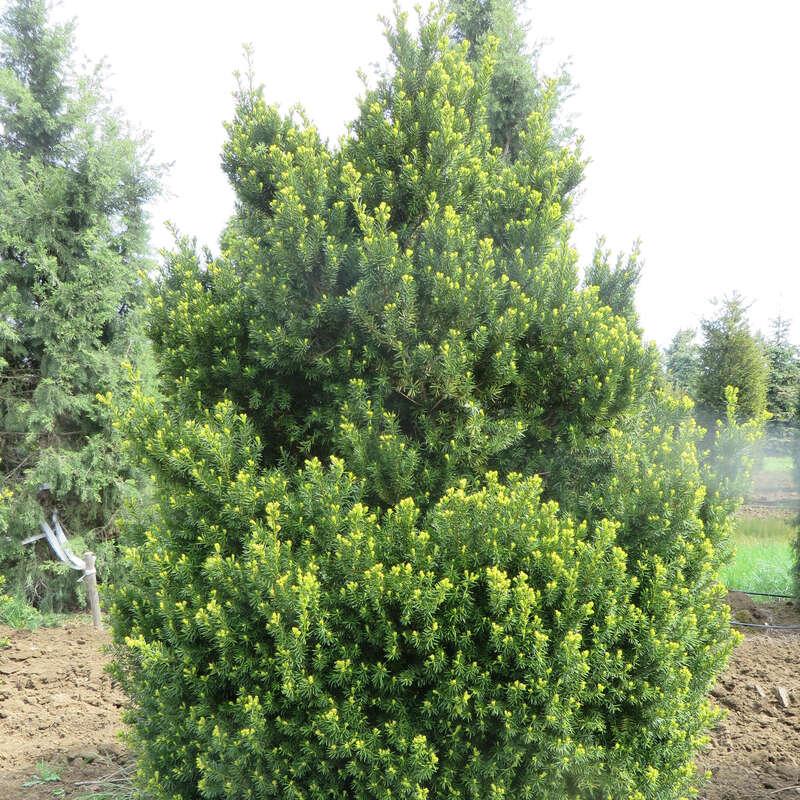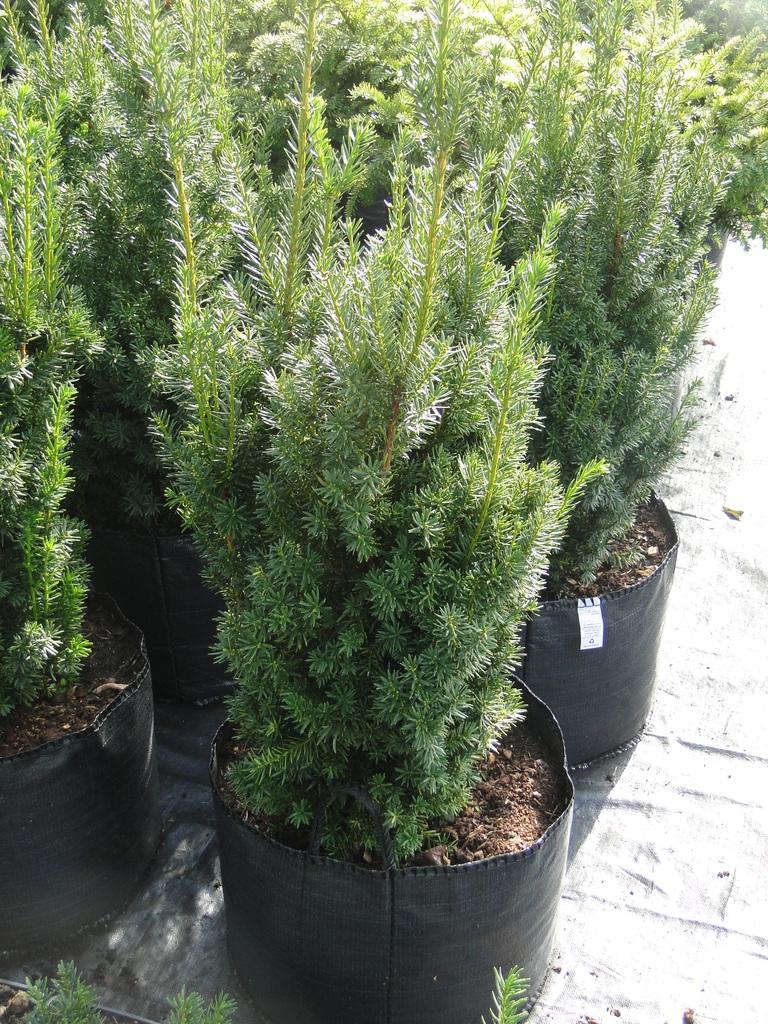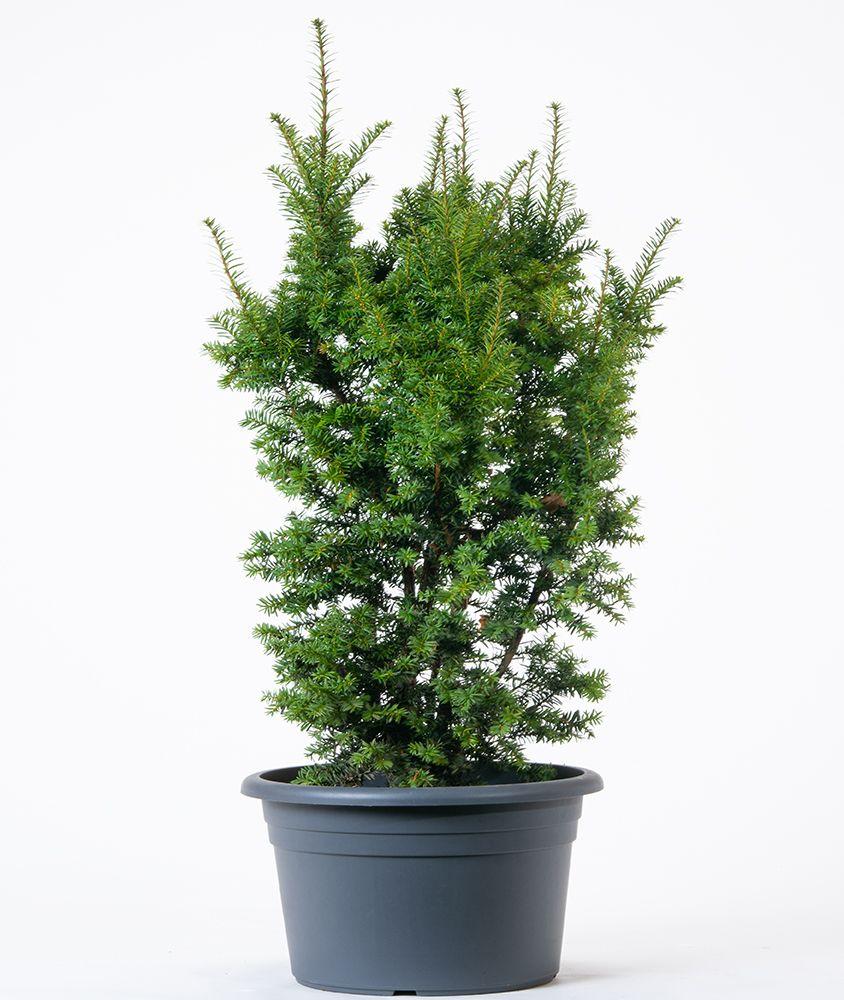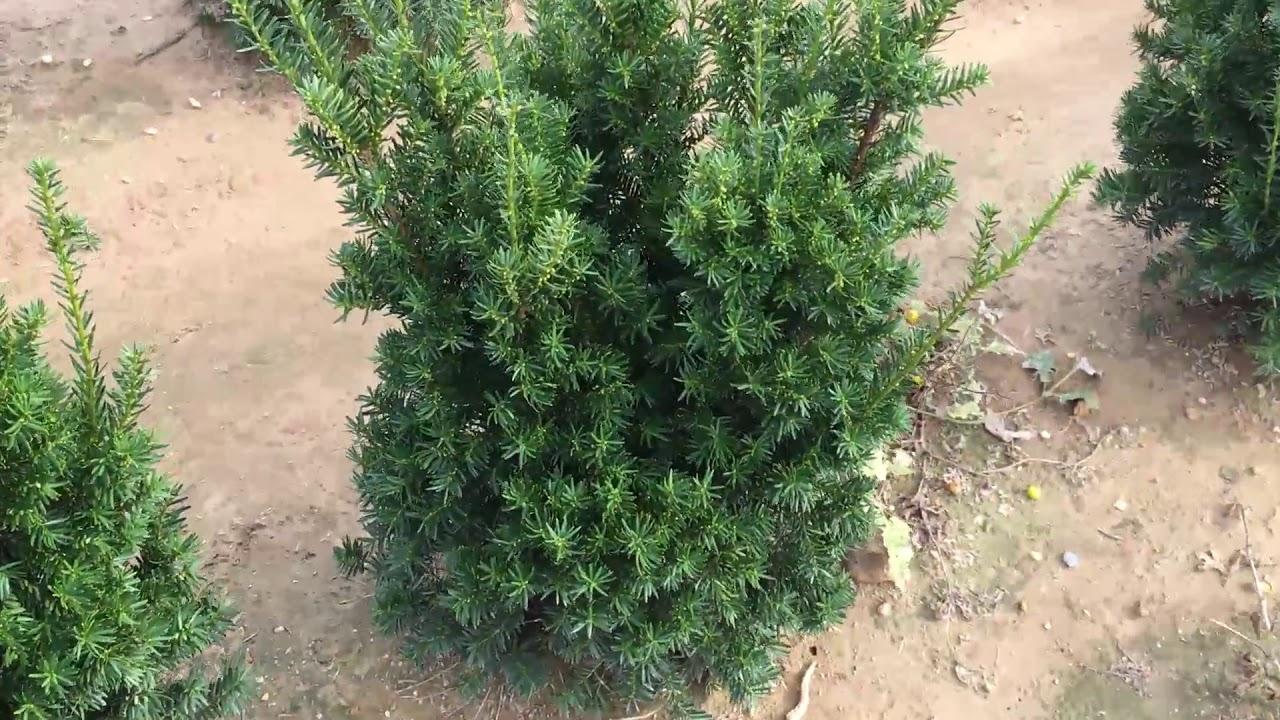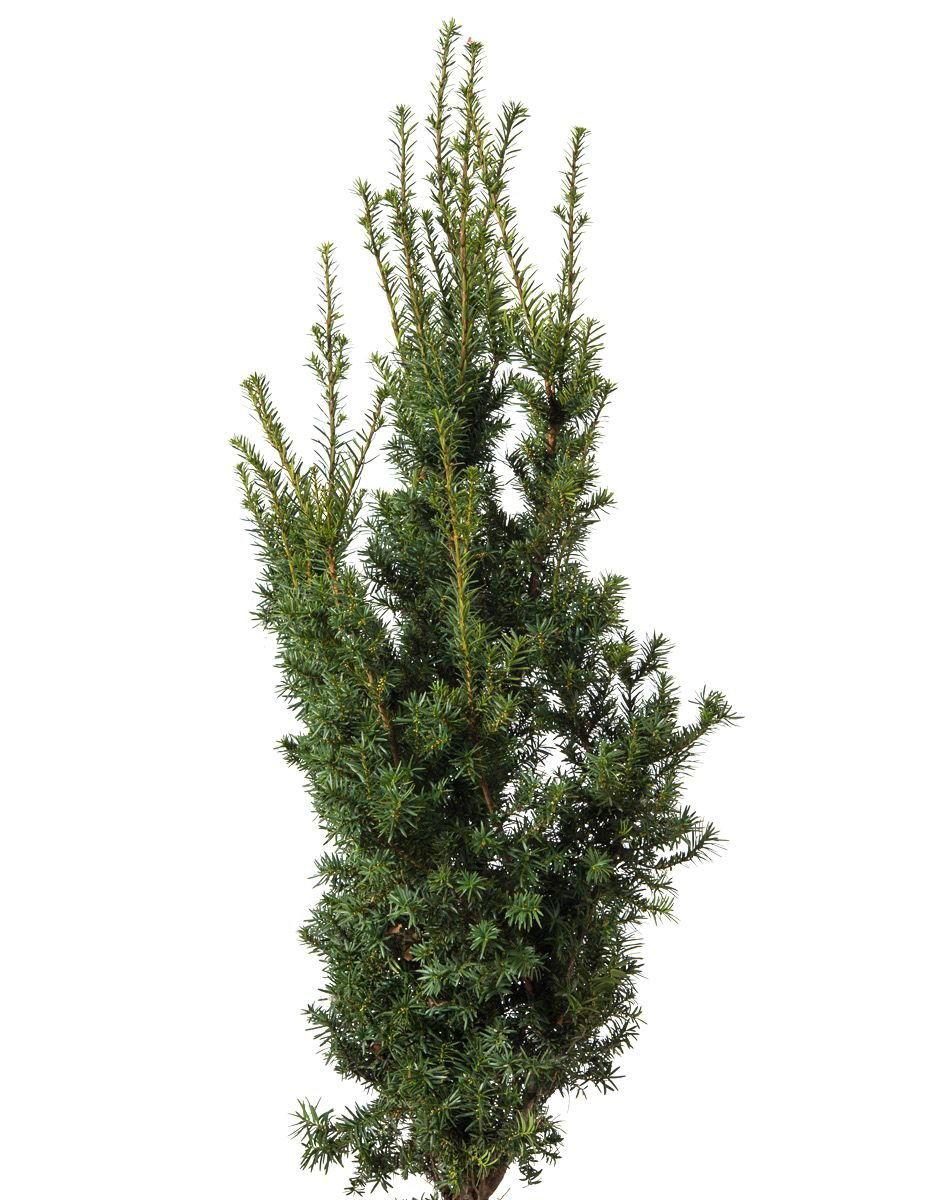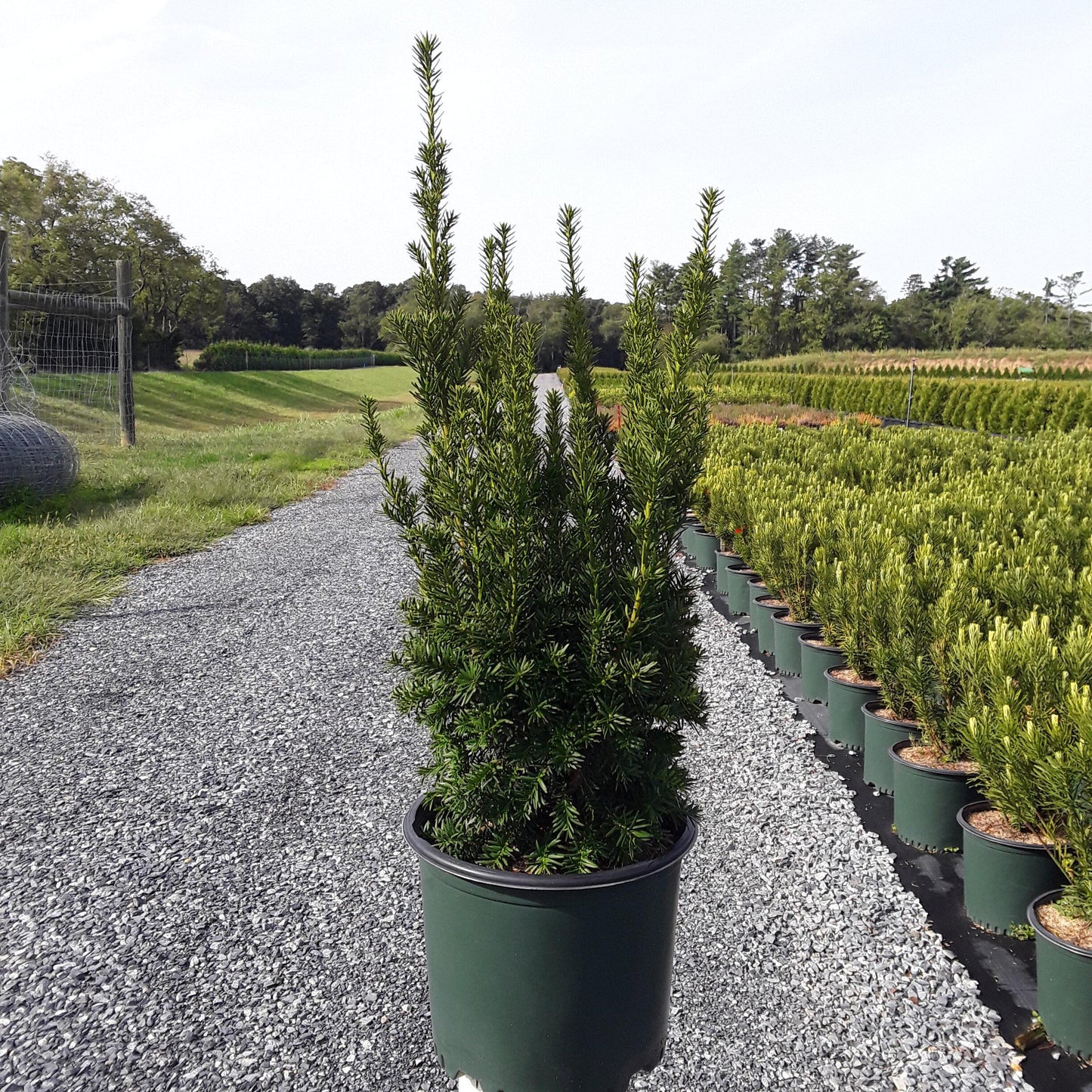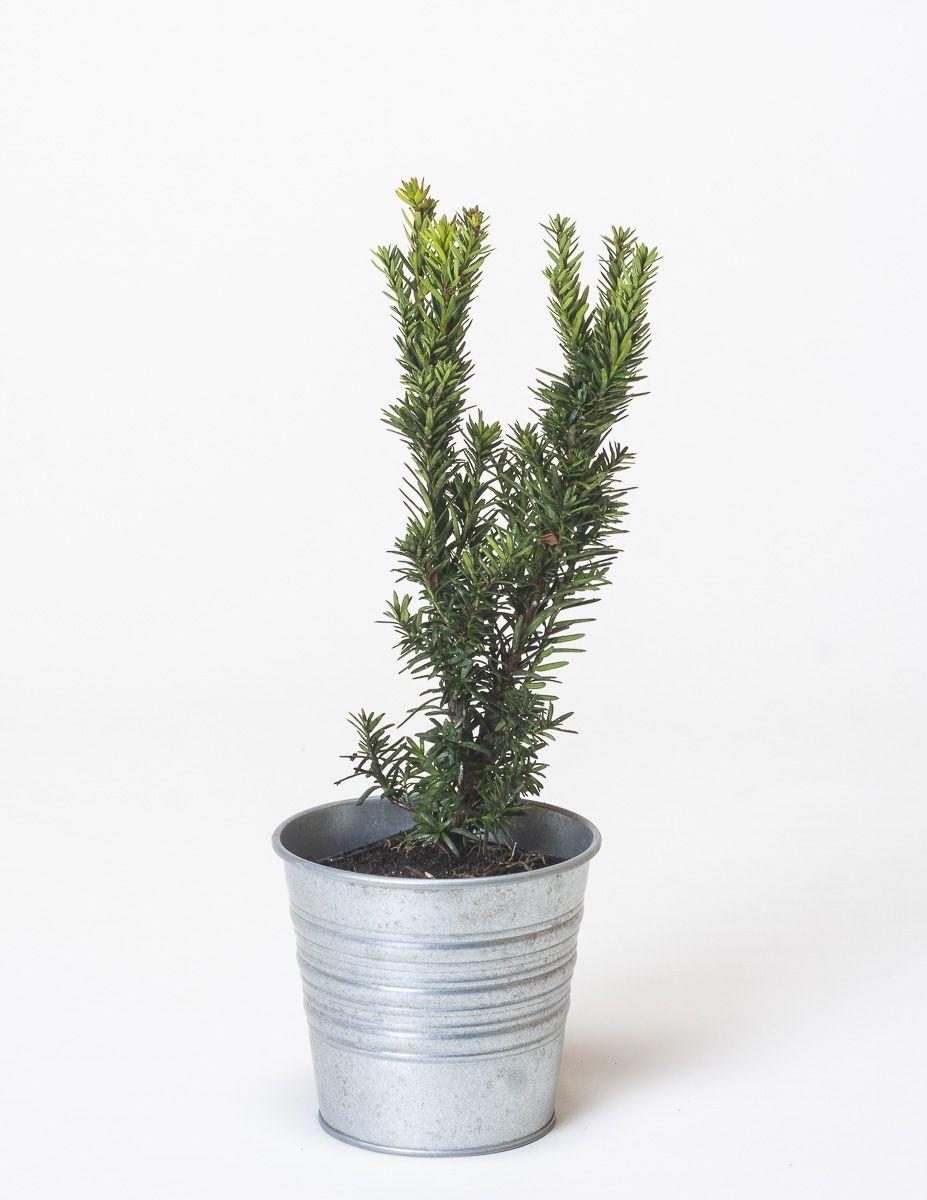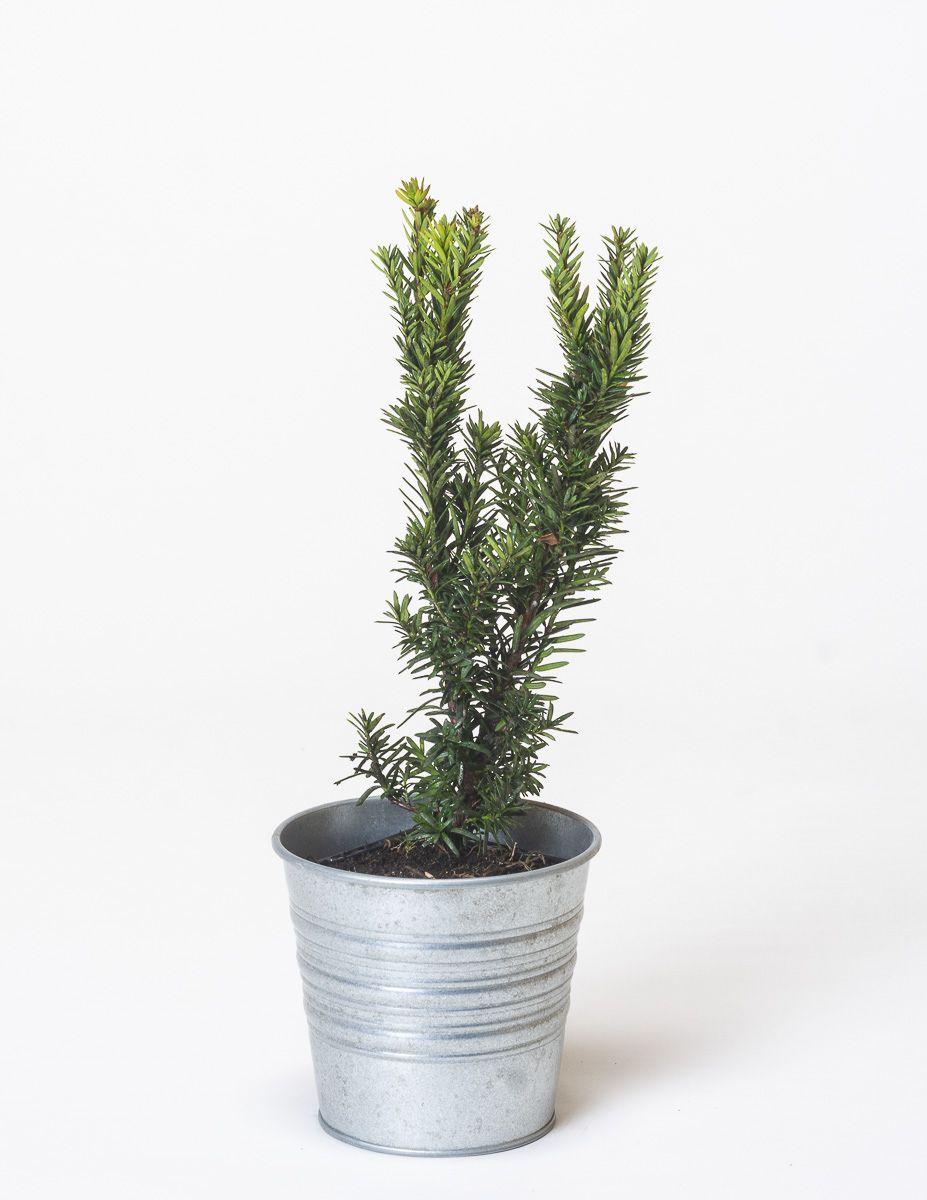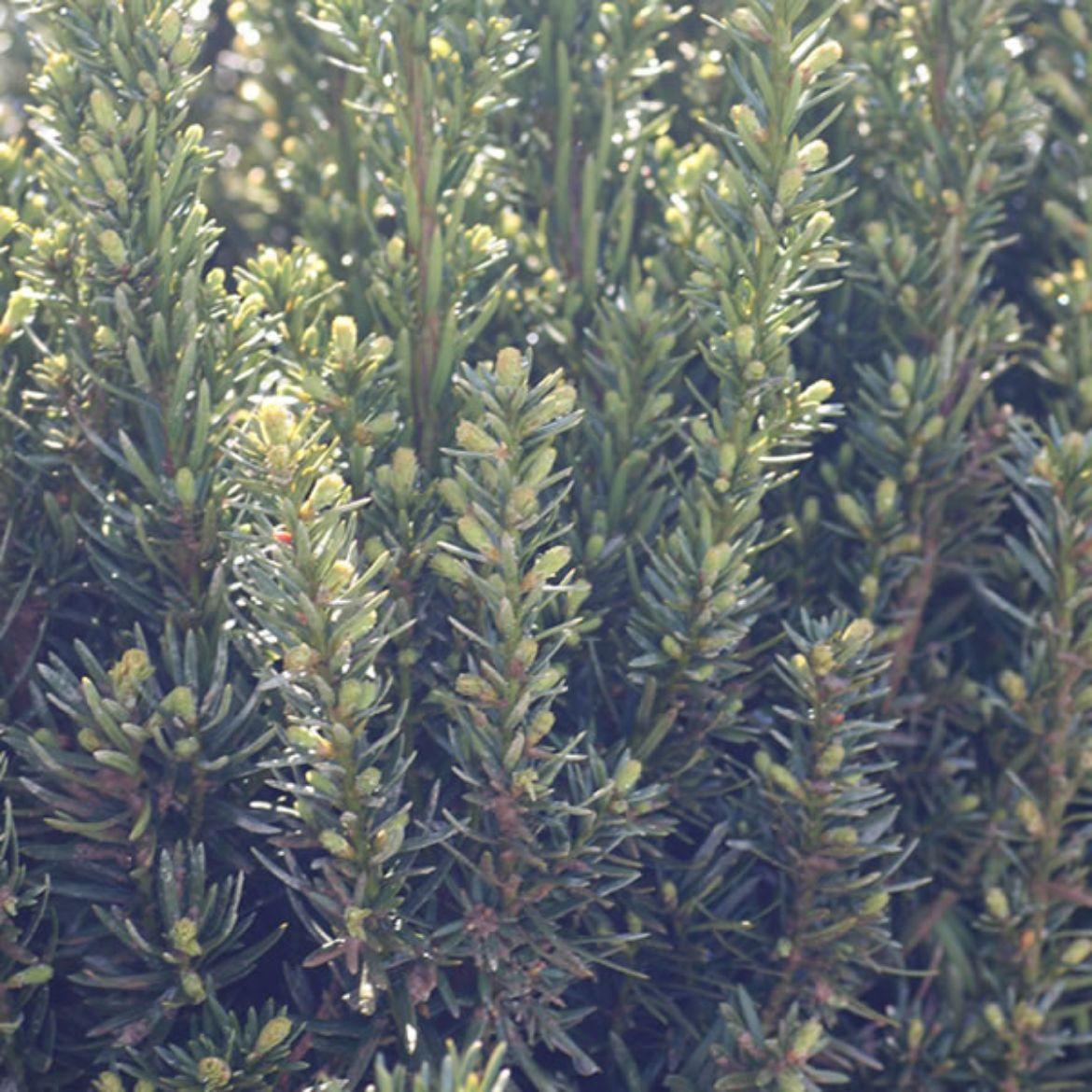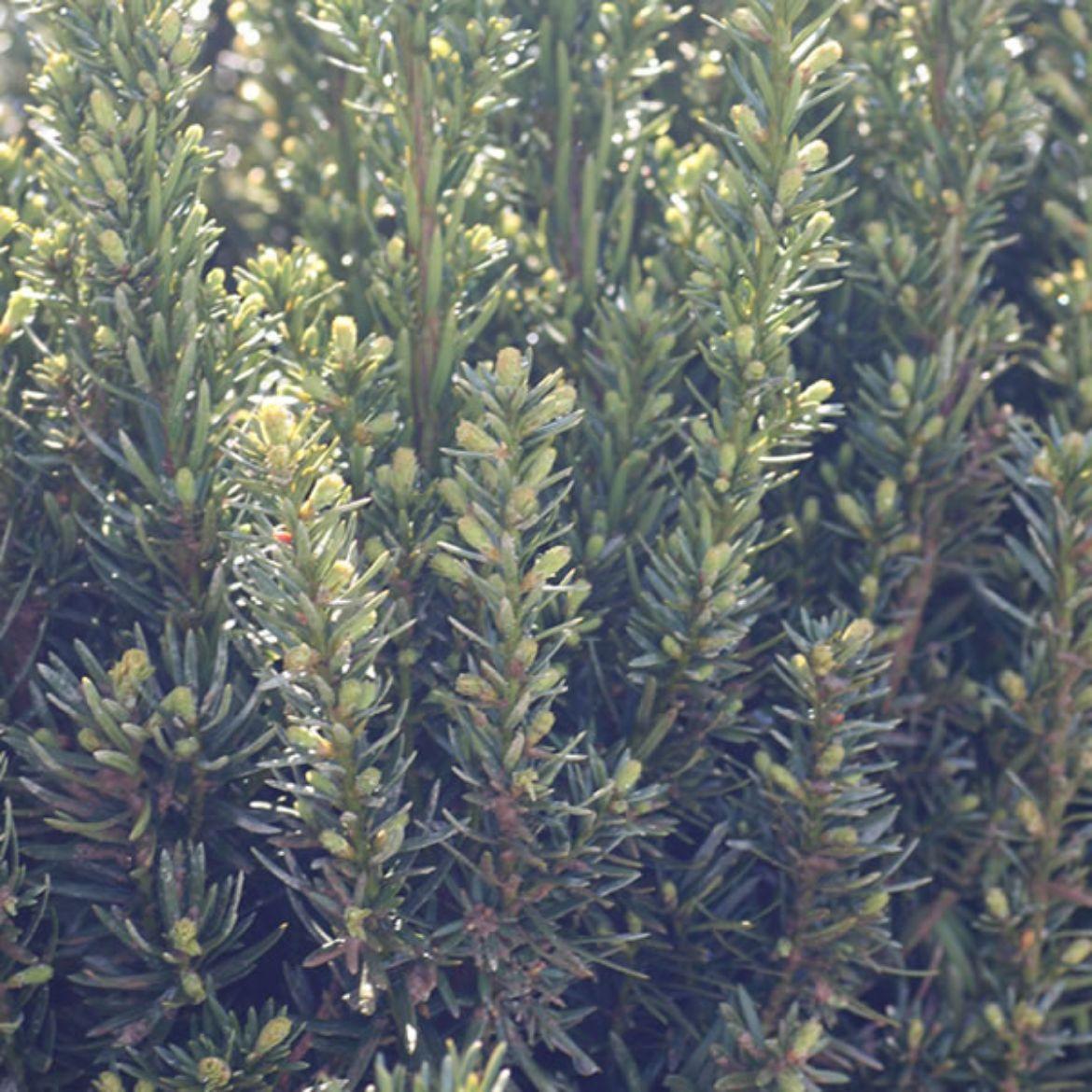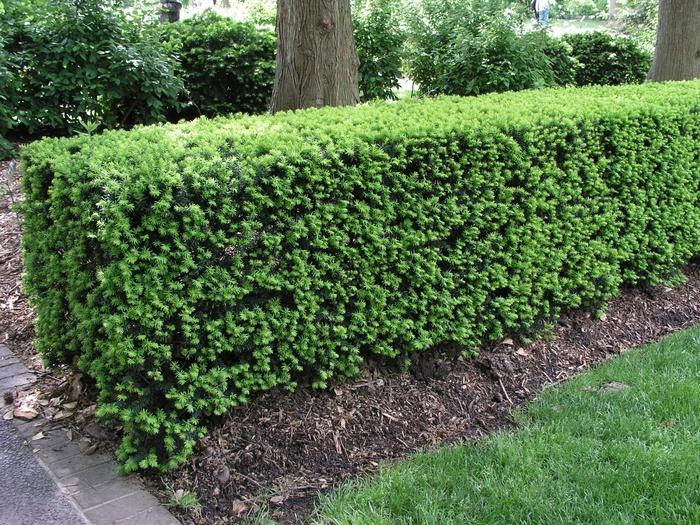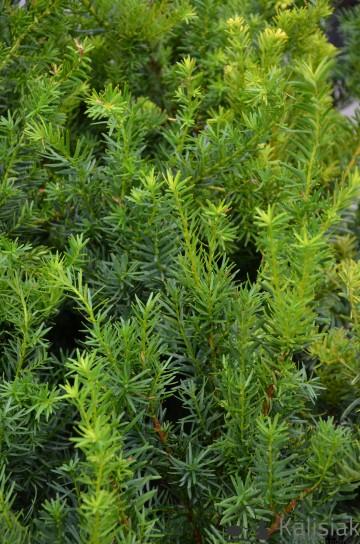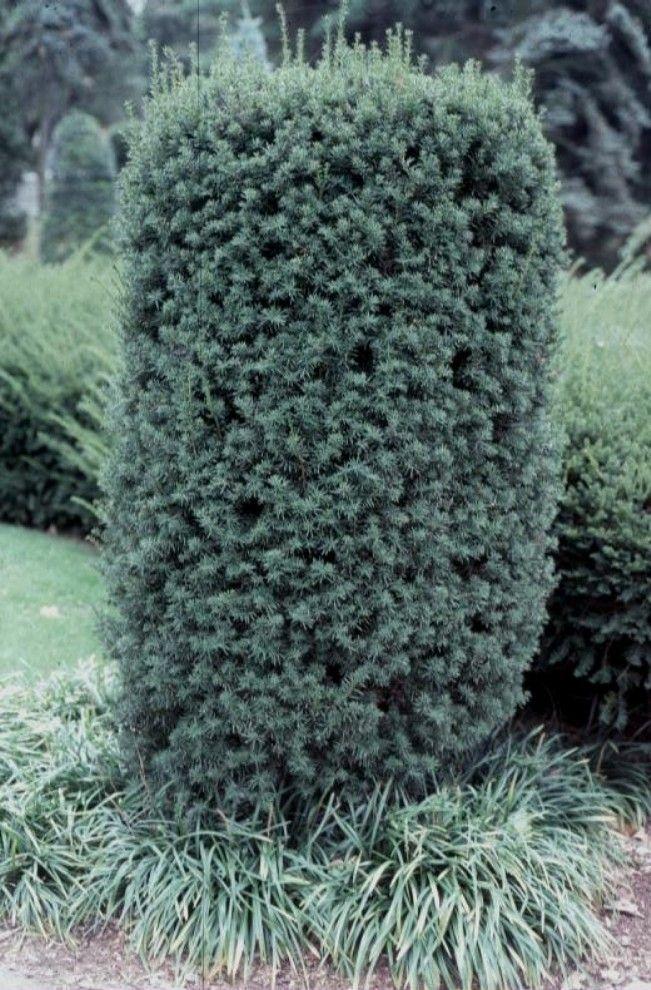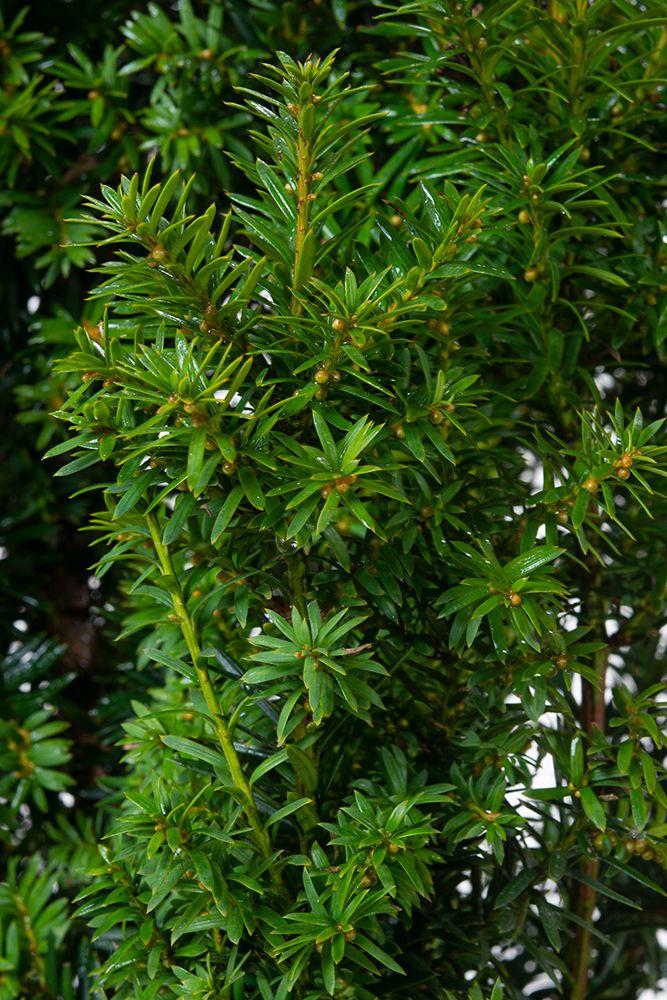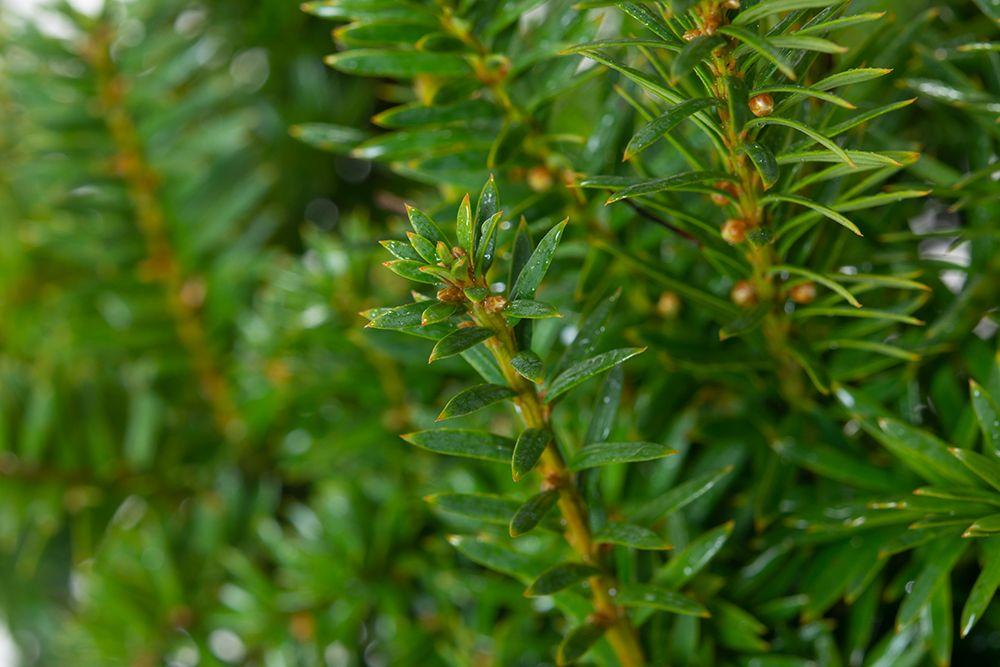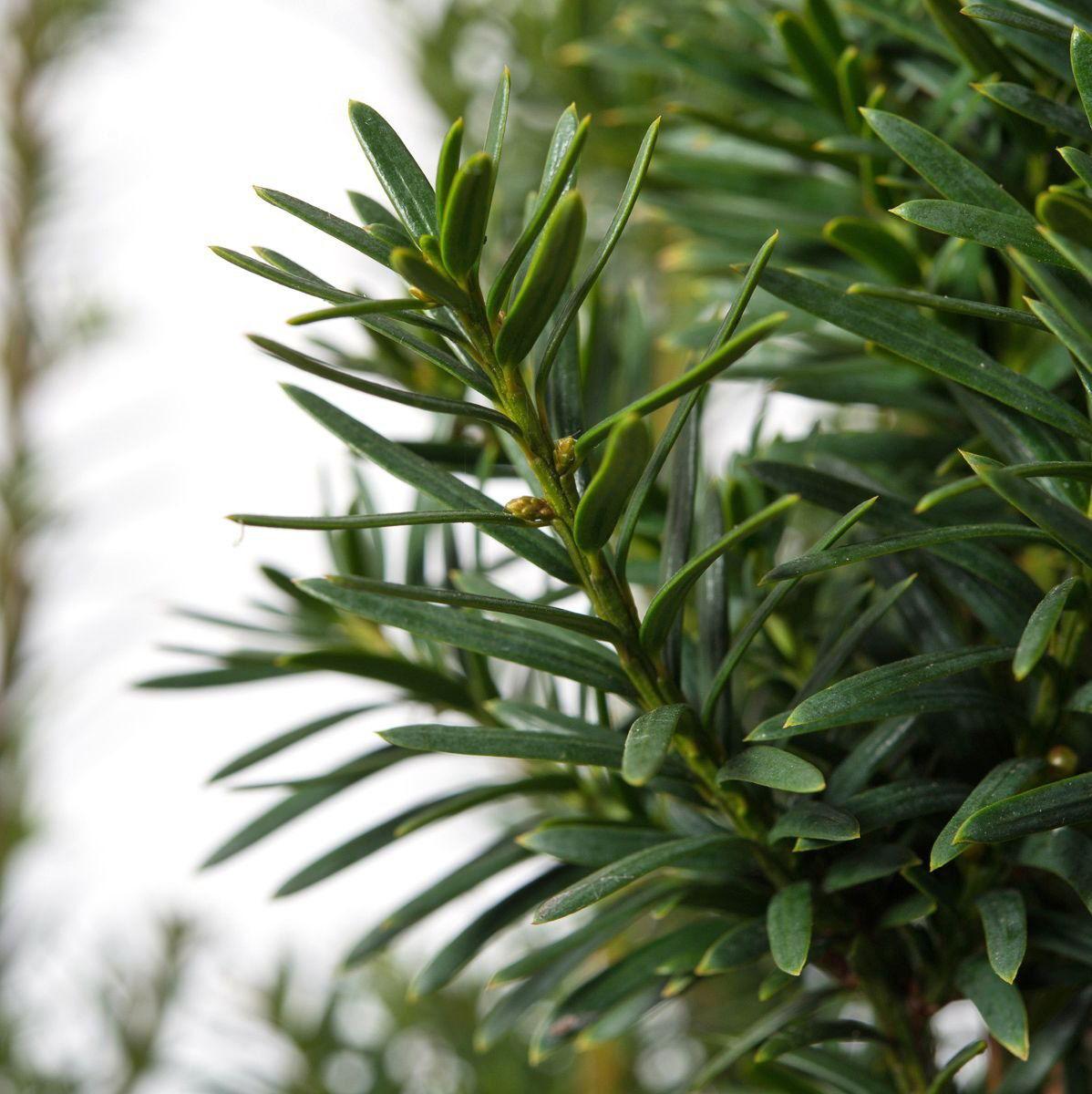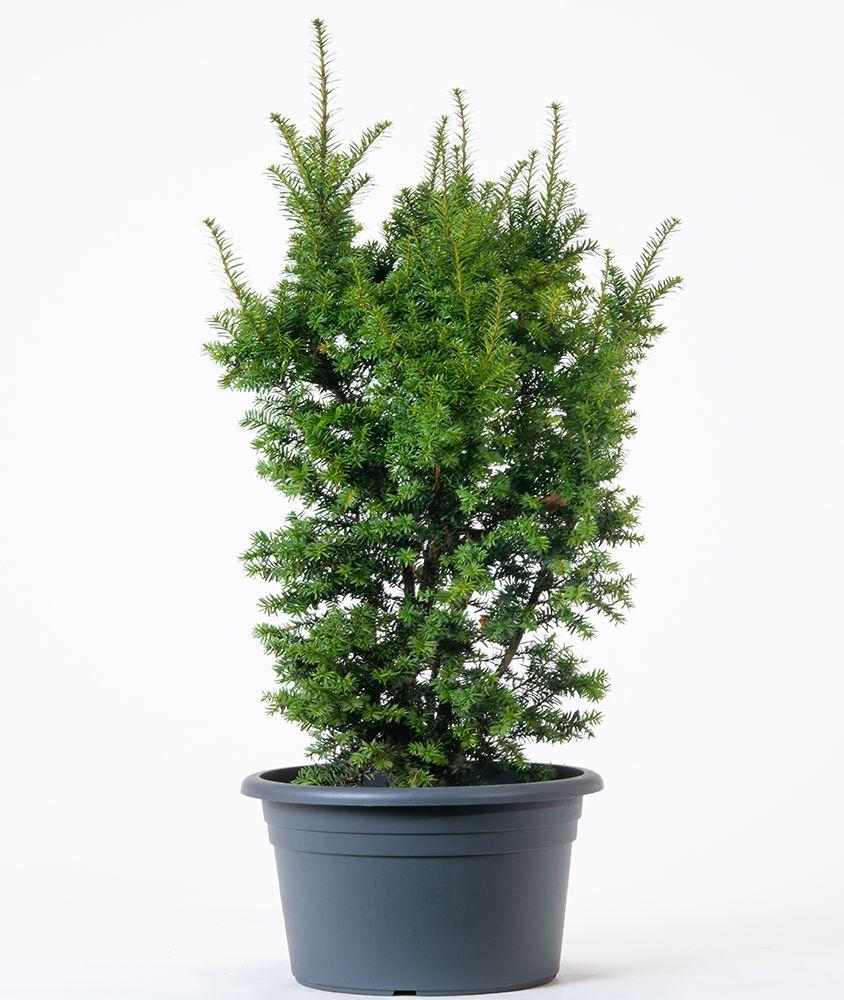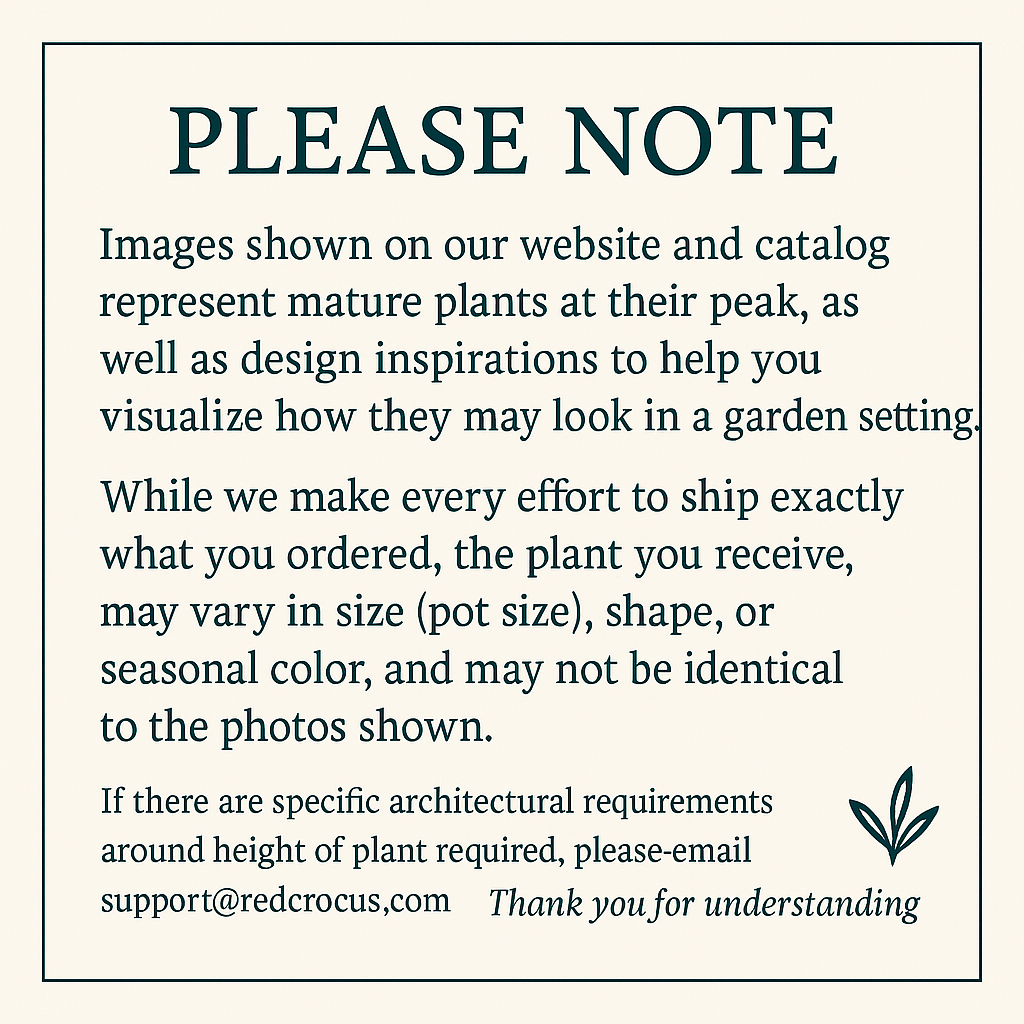1
/
of
21
Hatfieldii Anglojap Yew–Evergreen Shrub–Versatile for Hedges 4/5' h B&B
Hatfieldii Anglojap Yew–Evergreen Shrub–Versatile for Hedges 4/5' h B&B
Regular price
$1,136.00 USD
Regular price
$1,476.80 USD
Sale price
$1,136.00 USD
Unit price
/
per
Shipping calculated at checkout.
SKU:nse4505-redcrocus
Couldn't load pickup availability
Taxus media 'Hatfieldii'
Description
The Taxus media 'Hatfieldii', commonly known as Hatfieldii' Anglojap Yew, is a versatile evergreen shrub known for its dense, upright growth habit and dark green needle-like foliage. This plant is a hybrid between the English yew and the Japanese yew, combining the best traits of both species. It is a popular choice for hedges, screens, and foundation plantings due to its adaptability and ease of maintenance.
Suggested Uses
Ideal for use as a hedge, screen, or foundation planting. It can also be shaped into topiary forms or used as a specimen plant in a mixed border.
Plant Details
-
 Botanical Name: Taxus media 'Hatfieldii'
Botanical Name: Taxus media 'Hatfieldii' -
 Common Name: Hatfieldii' Anglojap Yew
Common Name: Hatfieldii' Anglojap Yew -
 Size & Growth: Typically grows to 10-15 feet tall and 4-6 feet wide
Size & Growth: Typically grows to 10-15 feet tall and 4-6 feet wide -
 Hardiness Zones: 4-7
Hardiness Zones: 4-7 -
 Foliage Type: Evergreen, needle-like
Foliage Type: Evergreen, needle-like -
 Bloom Time: Non-flowering
Bloom Time: Non-flowering -
 Growth Rate: Slow to moderate
Growth Rate: Slow to moderate -
 Light Requirements: Full sun to partial shade
Light Requirements: Full sun to partial shade -
 Attracts Pollinators: No
Attracts Pollinators: No -
 Indoor Friendly: No
Indoor Friendly: No -
 Container Friendly: Yes, with proper care
Container Friendly: Yes, with proper care -
 Deer Resistant: Yes
Deer Resistant: Yes -
 Pet Warning: Toxic if ingested
Pet Warning: Toxic if ingested -
 Fragrant: No
Fragrant: No -
 Cut Flower: No
Cut Flower: No -
 Grows Well With: Other evergreen shrubs, boxwood, holly
Grows Well With: Other evergreen shrubs, boxwood, holly
Care Tips
-
 Planting Instructions: Plant in well-drained soil, ensuring the root ball is level with the soil surface.
Planting Instructions: Plant in well-drained soil, ensuring the root ball is level with the soil surface. -
 Soil Moisture: Keep soil evenly moist but not waterlogged.
Soil Moisture: Keep soil evenly moist but not waterlogged. -
 Soil Type: Prefers acidic to neutral, well-drained soil.
Soil Type: Prefers acidic to neutral, well-drained soil. -
 Humidity: Tolerant of a range of humidity levels.
Humidity: Tolerant of a range of humidity levels. -
 Pruning Instructions: Prune in early spring to maintain shape and remove any dead or damaged branches.
Pruning Instructions: Prune in early spring to maintain shape and remove any dead or damaged branches. -
 Winter Care: Mulch around the base to protect roots from extreme cold.
Winter Care: Mulch around the base to protect roots from extreme cold. -
 Planting Depth: Ensure the root ball is level with the surrounding soil.
Planting Depth: Ensure the root ball is level with the surrounding soil. -
 Fertilization: Fertilize in early spring with a balanced, slow-release fertilizer.
Fertilization: Fertilize in early spring with a balanced, slow-release fertilizer. -
 Special Care: Avoid planting in areas with poor drainage to prevent root rot.
Special Care: Avoid planting in areas with poor drainage to prevent root rot.
Share
